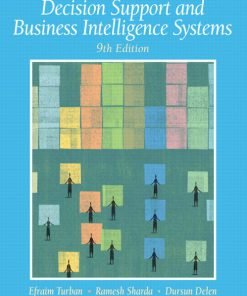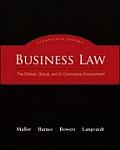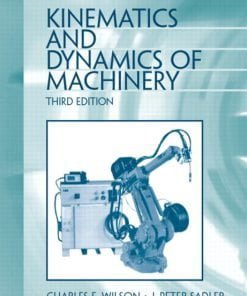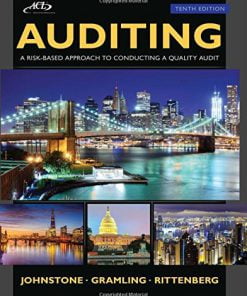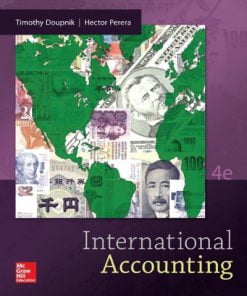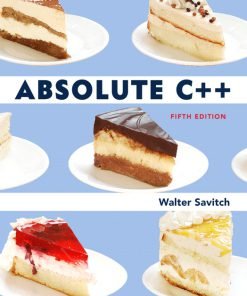Solution Manual for Criminal Procedure Law and Practice, 10th Edition
$35.00 Original price was: $35.00.$26.50Current price is: $26.50.
Solution Manual for Criminal Procedure Law and Practice, 10th Edition
This is completed downloadable of Solution Manual for Criminal Procedure Law and Practice, 10th Edition
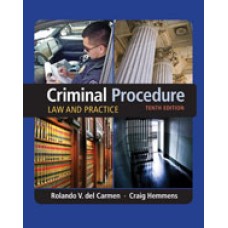
Product Details:
- ISBN-10 : 1305577361
- ISBN-13 : 978-1305577367
- Author: Rolando V. del Carmen (Author), Craig Hemmens (Author)
Packed with examples from real-world situations faced by today’s law enforcement professionals, CRIMINAL PROCEDURE: LAW AND PRACTICE, 10th Edition gives you a practical and authoritative look at the most current guidelines in criminal procedure. Comprehensive and accurate without bogging you down in unnecessary details, the text includes cutting-edge coverage of the law as it relates to arrests, searches and seizures, vehicle stops, use of force, interrogations, and line-ups. It also discusses current topics such as racial profiling, DNA evidence, plea bargaining, seizures of text/email messages, and many others. Interesting case briefs, sample police forms, hypothetical cases, and coverage of the most recent Supreme Court rulings keep the text as relevant as ever. Its’ clear, reader-friendly presentation makes law enforcement concepts easy to understand and apply.
Table of Content:
- Ch 1: The Court System, Sources of Rights, and Fundamental Principles
- Learning Objectives
- The U.S. Court System
- Where Judicial Decisions Apply
- Stare Decisis and Judicial Precedent
- Federal versus State Criminal Trials
- Jurisdiction versus Venue
- Sources of Rights
- The Judicial Review Doctrine
- The Rule of Law
- The Incorporation Controversy
- Court Cases
- How to Brief a Case
- Summary
- Ch 2: Overview of the Criminal Justice Process
- Learning Objectives
- The Procedure before Trial
- The Procedure during Trial
- The Procedure after Trial
- Procedural Differences in Jurisdictions
- Summary
- Ch 3: Probable Cause and Reasonable Suspicion
- Learning Objectives
- Probable Cause
- Reasonable Suspicion
- Probable Cause Compared with Reasonable Suspicion
- Determining Probable Cause or Reasonable Suspicion on Appeal
- Summary
- Ch 4: The Exclusionary Rule
- Learning Objectives
- The Exclusionary Rule Defined
- The Purpose of the Rule is to Deter Police Misconduct
- A Judge-Made Rule
- Historical Development
- The Rule Now Applies to State Criminal Prosecutions
- Invoking the Rule
- Determining What is Not Admissible
- Exceptions to the Rule
- When the Rule Does Not Apply
- Arguments for the Exclusionary Rule
- Arguments against the Exclusionary Rule
- Alternatives to the Exclusionary Rule
- The Future of the Exclusionary Rule
- Summary
- Ch 5: Stop and Frisk and Stationhouse Detention
- Learning Objectives
- Stop and Frisk
- Two Separate Acts
- Stop and Frisk and Arrest Compared
- Other Stop and Frisk Applications
- Stationhouse Detention
- Summary
- Ch 6: Arrests and Use of Force
- Learning Objectives
- The Broad Picture: Arrests are Seizures of Persons
- Arrest Defined
- The Four Elements of an Arrest
- Arrests with a Warrant
- Arrests without a Warrant
- What the Police Can Do after an Arrest
- What the Police Cannot Do during an Arrest
- Knock-and-Announce is Required by the Constitution, but with Exceptions
- Other Arrest Issues
- Use of Force during an Arrest
- Summary
- Ch 7: Searches and Seizures of Things
- Learning Objectives
- The Fourth Amendment as Applied to Things
- The Right to Privacy is a Constitutional Right
- “Reasonable Expectation of Privacy” Defined
- Search Defined
- Seizure Defined
- Searches and Seizures: The General Rule
- Things Subject to Search and Seizure
- The Scope of the Search
- The Time Allowed for a Search
- The Procedure after the Search
- Search and Arrest Warrants Compared
- Search and Seizure with a Warrant
- Four Requirements
- The Procedure for Serving a Warrant
- Search and Seizure without a Warrant
- The Special Needs beyond Law Enforcement Exception
- Administrative Searches and Inspections
- Warrantless Searches Must Be Contemporaneous
- The Announcement Requirement
- Other Search and Seizure Issues
- Summary
- Ch 8: Motor Vehicle Stops, Searches, and Inventories
- Learning Objectives
- Vehicle Stops
- Vehicle Searches
- Warrantless Vehicle Searches
- Other Motor Vehicle Search and Seizure Issues
- Other Valid Car Searches
- Vehicle Inventory Searches
- The Importance of State Laws and Department Policies in Vehicle Stops, Searches, and Inventories
- Summary
- Ch 9: Plain View, Open Fields, Abandonment, and Border Searches
- Learning Objectives
- The Plain View Doctrine
- The Open Fields Doctrine
- Abandonment
- Border Searches
- Summary
- Ch 10: Lineups and Other Means of Pretrial Identification
- Learning Objectives
- Lineups
- Showups
- Photographic Identifications
- Problems with Eyewitness Identification
- Eyewitness Identification Guidelines
- Other Means of Identifying Suspects
- Summary
- Ch 11: Confessions and Admissions: Miranda v. Arizona
- Learning Objectives
- Before Miranda
- Miranda Rejects Voluntariness as the Sole Test
- The Basics of Miranda v. Arizona
- When Must the Miranda Warnings Be Given?
- Leading Decisions on the Miranda Warnings
- Miranda Cases on Appeal: The Harmless Error Rule
- Summary
- Ch 12: Basic Constitutional Rights of the Accused during Trial
- Learning Objectives
- The Right to Trial by Jury
- The Right to Counsel
- The Right to Due Process
- The Right against Self-Incrimination
- The Right to a Fair and Impartial Trial
- Summary
- Ch 13: Sentencing, the Death Penalty, and Other Forms of Punishment
- Learning Objectives
- Sentencing
- Types of Sentences
- Crime Victims’ Rights
- Summary
- Ch 14: Legal Liabilities of Law Enforcement Officers
- Learning Objectives
- Lawsuits against Police: An Occupational Hazard
- An Overview of Police Legal Liabilities
- Civil Liability under Federal Law
- Civil Liability under State Tort Law
- If the Police are Sued
- Other Consequences of Police Misconduct
- Summary
- Ch 15: Electronic Surveillance and the War on Terror
- Learning Objectives
- Electronic Surveillance
- Four Federal Laws That Govern Electronic Surveillance
- Using Electronic Devices from a Public Place
- Electronic Tracking Devices That Do Not Intercept Communication
- The War on Terror
- Summary
- Appendix A: Thirty Suggestions on How to Be an Effective Witness
- Appendix B: The Constitution of the United States
- Appendix C: The Top Twenty Cases in Criminal Procedure (A Subjective List Created by Two Professors)
- Glossary
- Case Index
- Subject Index
People Also Search:
criminal procedure law and practice 10th edition
criminal procedure law and practice 10th edition download scribd
criminal procedure law and practice 10th edition pdf
criminal procedure law and practice 10th edition solution manual downlod pdf
Related products
Solution Manual
Solution Manual
Solution Manual
Solution Manual
Solution Manual
Auditing A Risk Based-Approach to Conducting a Quality Audit Johnstone 10th Edition Solutions Manual
Solution Manual
Solution Manual
International Accounting Doupnik 4th Edition Solutions Manual
Solution Manual
Solution Manual for Absolute C++, 5/E 5th Edition Walter Savitch




